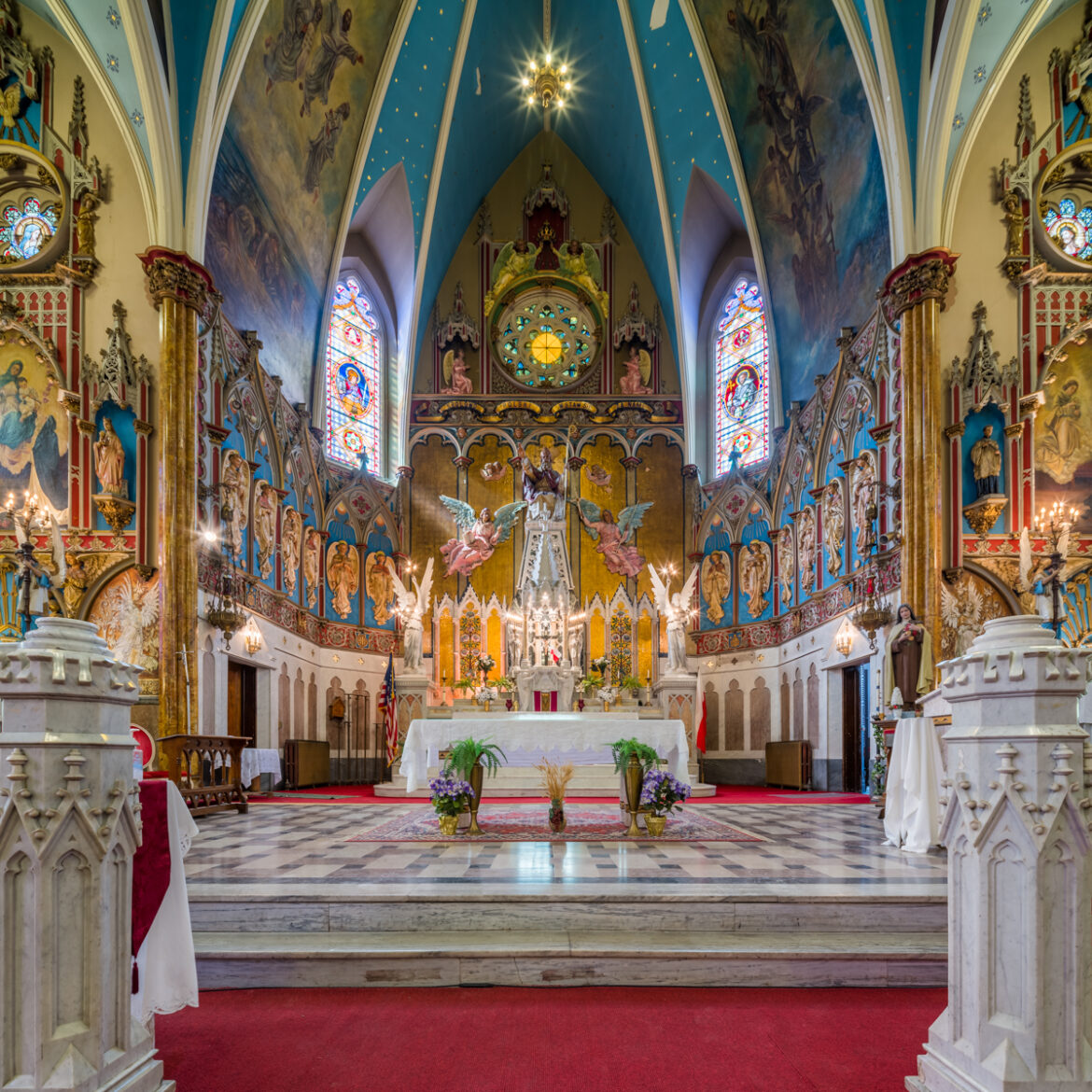The ecclesiastical tapestry of Christianity is woven with myriad threads, each representing distinct traditions, liturgies, and governance structures. Among these, the Church of England and the Anglican Church often prompt inquiries that echo the age-old question: “Are they one and the same, or are there significant distinctions that merit examination?” To unravel this query, we embark on a comprehensive exploration of their historical origins, theological nuances, and structural differences, elucidating the unique character each entity portrays within the Christian confluence.
At the heart of the confusion lies the Church of England, which, while being part of the broader Anglican Communion, serves as its mother church. Established during the English Reformation in the 16th century, the Church of England arose amidst a confluence of political and religious turmoil. The schism from the Roman Catholic Church, catalyzed by Henry VIII’s desire to annul his marriage to Catherine of Aragon, led to the establishment of a national church that maintained certain Catholic traditions while adopting reformist ideologies.
Conversely, the term “Anglican Church” typically denotes a global communion of churches that trace their roots to the Church of England. This communion includes numerous provinces worldwide, each with its own governance and practices yet united in a common heritage and adherence to elements of the Book of Common Prayer and the Thirty-Nine Articles. Thus, while the Church of England serves as a pivotal entity, the Anglican Church embodies a more extensive and diverse collection of Christian denominations.
To clarify further, consider the governance structure prevalent in these bodies. The Church of England operates under an episcopal polity, wherein bishops wield considerable authority. The Archbishop of Canterbury stands as the spiritual leader, significantly guiding, albeit not autocratically ruling, the church’s direction. This hierarchical structure is mirrored throughout the Anglican Communion, albeit with varying degrees of authority exercised by local bishops. Each province retains autonomy, reflecting the local culture while upholding the foundational doctrines of Anglicanism.
Theological differences serve as another vector of distinction. While both the Church of England and Anglican Churches share core tenets of Christianity, divergences can arise in interpretation and emphasis. The Church of England maintains adherence to a blend of Reformed and Catholic perspectives, often encapsulated in its liturgical practices and doctrinal statements. It strives for a balance between tradition and contemporary theological discourse, appealing to a broad spectrum of believers, from Anglo-Catholics to Evangelicals.
In contrast, various Anglican Churches worldwide may emphasize different aspects of the faith, influenced by their respective cultural and historical contexts. For instance, the Anglican Church in Africa tends to adopt a more evangelical focus, often prioritizing evangelism and social justice, while the Anglican Church in North America has emerged with its identity shaped significantly by contemporary socio-political issues. Thus, while unified under the Anglican banner, the multiplicity of voices within the communion indicates that the term “Anglican” can encompass a diverse range of theological interpretations.
As one delves deeper, the liturgical practices of both institutions reveal further delineations. The Church of England employs the Book of Common Prayer, a richly woven tapestry of prayers and services that dates back to 1549, which is central to its worship experience. However, its liturgical observance is often characterized by an adaptive approach, allowing a degree of flexibility in worship forms that resonate with contemporary congregants.
On the other hand, other provinces within the Anglican Communion may utilize different liturgical texts or even develop unique worship styles that reflect local customs and expressions of faith. While the essence of Anglican worship remains, regional variations enrich the Anglican experience globally, leading to a vibrant tapestry of worship practices that celebrate both unity and diversity.
This raises an intriguing challenge: how can one maintain a sense of identity and continuity in faith while simultaneously embracing the plurality of interpretations and practices? The Church of England has navigated this conundrum by advocating a “via media” approach—an Anglican middle way that seeks harmony and mutual respect among diverse theological positions. This philosophy underscores the belief that unity should not come at the expense of the richness found in differing expressions of faith.
Beyond the ecclesiastical and liturgical realms, the present-day interactions among these branches of Anglicans are further characterized by social considerations. In recent decades, issues concerning gender, sexuality, and ethical living have surfaced as focal points of contention. The Church of England, caught in a dialectical struggle between traditional doctrine and modern societal pressures, has proposed engaging in constructive dialogues that reflect the church’s mission to embody Christ’s love across the spectrum of human experience. Meanwhile, some Anglican provinces have taken more definitive stances, illustrating the variances in ecclesial polity and theological interpretations.
In summation, the Church of England and the broader Anglican Church represent distinct yet intertwined elements within the Christian faith. Understanding the nuances of each allows for a richer appreciation of the complexities inherent in Anglicanism as a whole. The interplay between historical foundations, governance structures, theological diversity, and contemporary challenges continues to shape the discourse of Anglican identity. Rather than perceiving them as merely separate entities, one may find it beneficial to view the Church of England as a critical kernel within the extensive and variegated sphere of the Anglican Communion—each pursuing its path of spiritual discovery while contributing to the magnificent mosaic of global Christendom.



